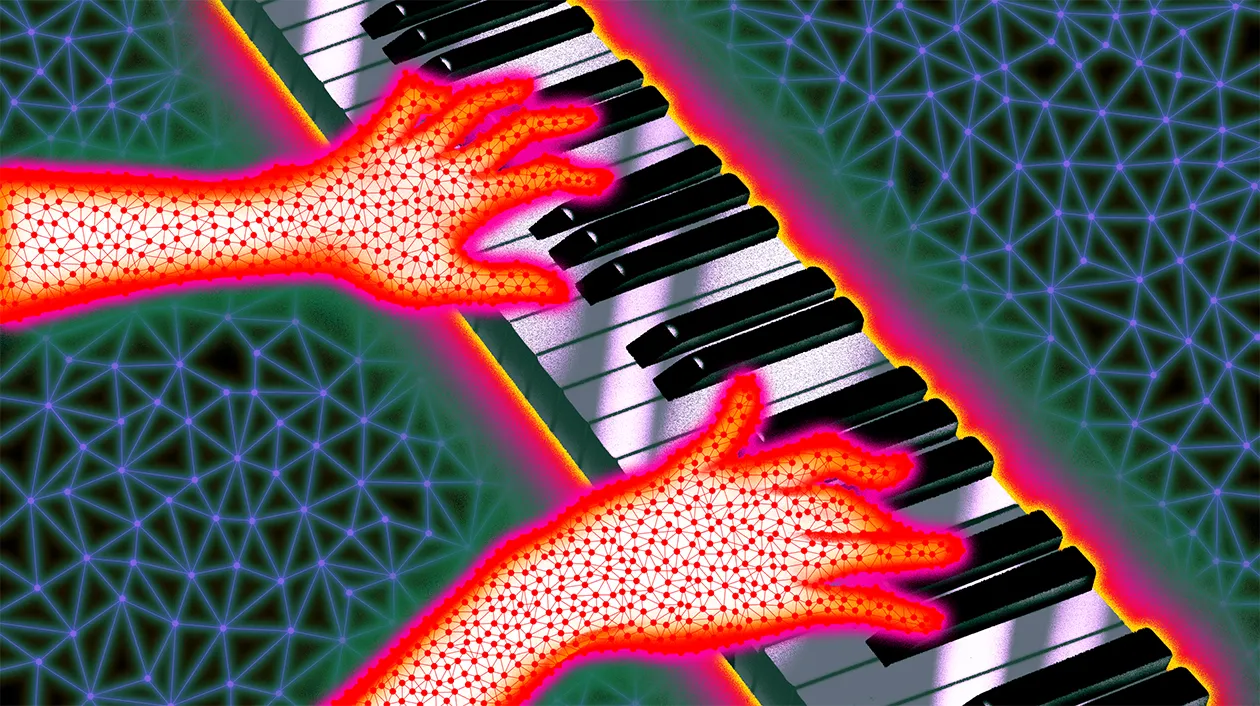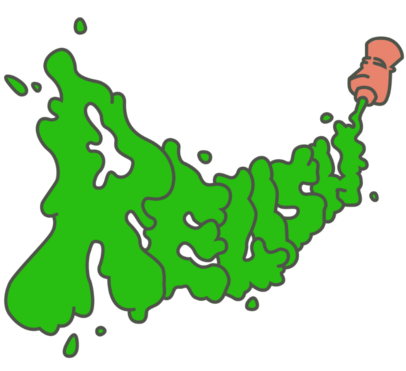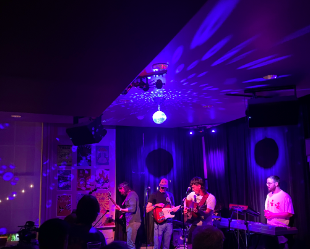
By: Morgan Mueller
As we’ve settled into our current digital age, it’s clear there has been a certain “for you-ification” of almost every listening experience. The utilization of AI by individual creatives and the arts industries alike has augmented human creativity as we know it. However, with grand innovations come grand critiques and ethical qualms. Art is one of the most innately human endeavors across our shared history. It’s such a crucial aspect of the human experience, said to be a “creative expression of human intelligence,” so where do machines fit? Involving machines in art creation and discovery potentially undermines the inherent authenticity of the creative process. Can machines be intelligent? Can they be creative? In a musical sense, following the rise in streaming music, an incredibly vast discography can be readily accessible to essentially anyone in a very short amount of time. While algorithms can make virtual environments incredibly efficient and recommendations conveniently accurate, sometimes they can only go so far.
As a Spotify user myself, I have noticed a certain decrease in the effectiveness of various features. I’ve thought to myself countless times within the past few years, “Have algorithms gotten worse?” Something originally created to revolutionize music discovery, expand artist exposure, and reduce individual labor seems to have fizzled out into an endless loop of the same suggestions. Spotify stands on the forefront of the music streaming industry, hugely due to its innovative recommendation system. The new Spotify AI DJ is just one example of how Spotify blends OpenAI technology with next-level personalization. Their analysis of patterns within metadata including names of collaborators, raw audio analysis, and even cultural context, uses technology to transform art into quantitative metrics. The AI DJ’s persona is Spotify’s attempt to integrate a human-like essence into their digital landscape, but it has proven to be largely ineffective in its suggestions and slightly unnerving in an “uncanny valley” sense. Algorithmic echo chambers can feel very claustrophobic for the user, and only expose them to music that aligns with their existing preferences. So, users can easily feel frustrated by these “innovative” new features that turn out to be consistently stale and repetitive.
Humans are sensory creatures, and given that sound shapes our earthly experiences, it influences our social behaviors, general norms, and collective beliefs regarding popularity. Music taste is, in turn, often a reflection of the self and one of the exciting features of an individualistic society. If our algorithms are supposed to be expanding our taste but are instead homogenizing our platforms, and if we become reliant on technology to determine our network of musical exposure, what will the future of music and popular culture look like?



